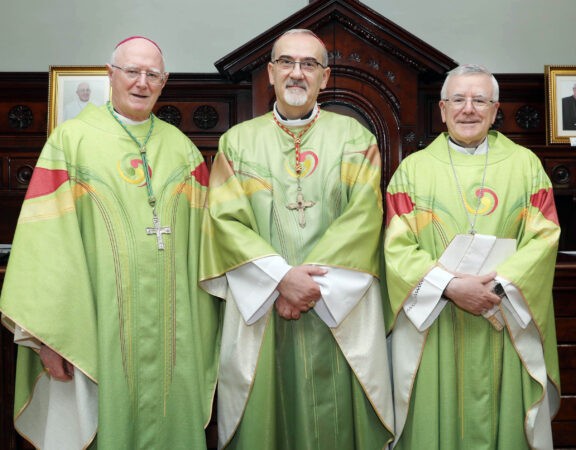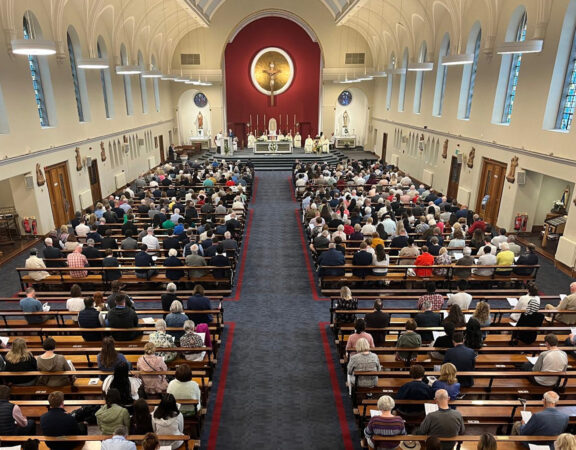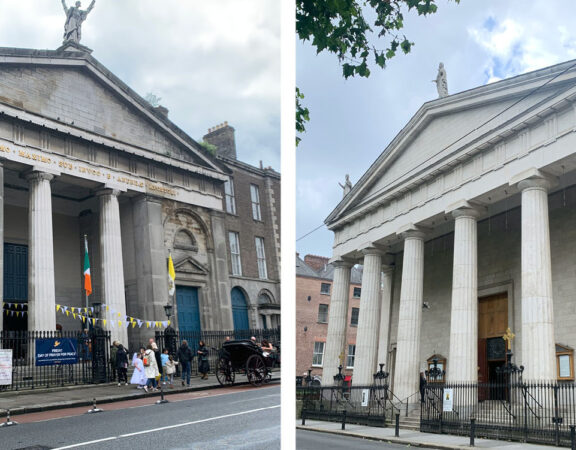SAFEGUARDING CHILDREN IN THE ARCHDIOCESE OF DUBLIN
What have we learned, where we are now, what next?
Speaking notes of Most Rev. Diarmuid Martin Archbishop of Dublin
Holy Cross College, Clonliffe, 12th June 2015
“First of all I would like to thank Andrew Fagan and his team – and those working in our parishes, for the work they have been doing over these years in establishing and embedding effective safeguarding practices right across the Archdiocese.
I have been asked to respond to a threefold question: what have we learned, where are we now, what next? The answer to all three questions is the same: there is no room for complacency.
From the past, we have learned that for many years Church leaders thought they knew how best to deal with child abuse by clergy and they had locked themselves into complacency; it took years then to get norms in place; it took years even to get the information that was in our files into shape; it took years to put into place the action which we knew was necessary; it took years to learn that survivors were not people out to challenge the Church; survivors and their families had simply got things right.
Where are we now? The culture of safeguarding is being imbedded within the Church and great credit is due to the many lay men and women who offer their service willingly and voluntarily, working with their priests, to ensure that this is so and remains so. There is a long way to go. Paradoxically, the good things that have been achieved could become a temptation towards complacency. There is a tendency for people to feel that the child abuse challenge has been addressed and we can let our protective fences down. There is a tendency among some to say that the Church over-reacted, perhaps understandably, but now we can get back to a regime that is somehow less robust. It would be foolish to think that all our structures have fully satisfactory safeguarding procedures in place. There is no room for complacency. We need vigilance.
Where are we going? The future lies in keeping a culture of safeguarding alive in our parishes, among clergy, in our schools and activities and institutions.
That said there are remarkable changes. Who would have thought just a few years ago that in a major radio interview, Marie Collins would be the one challenging Church authorities as one representing the positions of the Pope?
Towards Healing and Towards Peace are two organisations which are reaching out to survivors to help them on the journey of healing and peace. The National Board has completed its audits of dioceses and hopefully the audits of Religious Congregations will be completed by the end of this year. But that does not mean that the book has reached its final chapter and can now be closed. Audit and accountability must remain an essential pillar of Church structures, perhaps in new ways, but always respecting the autonomy of the National Board.
The results of the audits have at times been far from satisfactory. That shows that the culture of safeguarding is not evenly imbedded across the Church and that is a cause of concern. Survivors are still coming forward which means that for years they have been suffering without feeling able to tell their story and share their grief.
But we also have to say “full marks” to all those who have worked for a real sea-change in the attitude and practice of the Church in safeguarding and who have made the Church today a much safer place for children thus making the work of evangelising and bringing the message of Jesus to our young people more effective. ENDS







